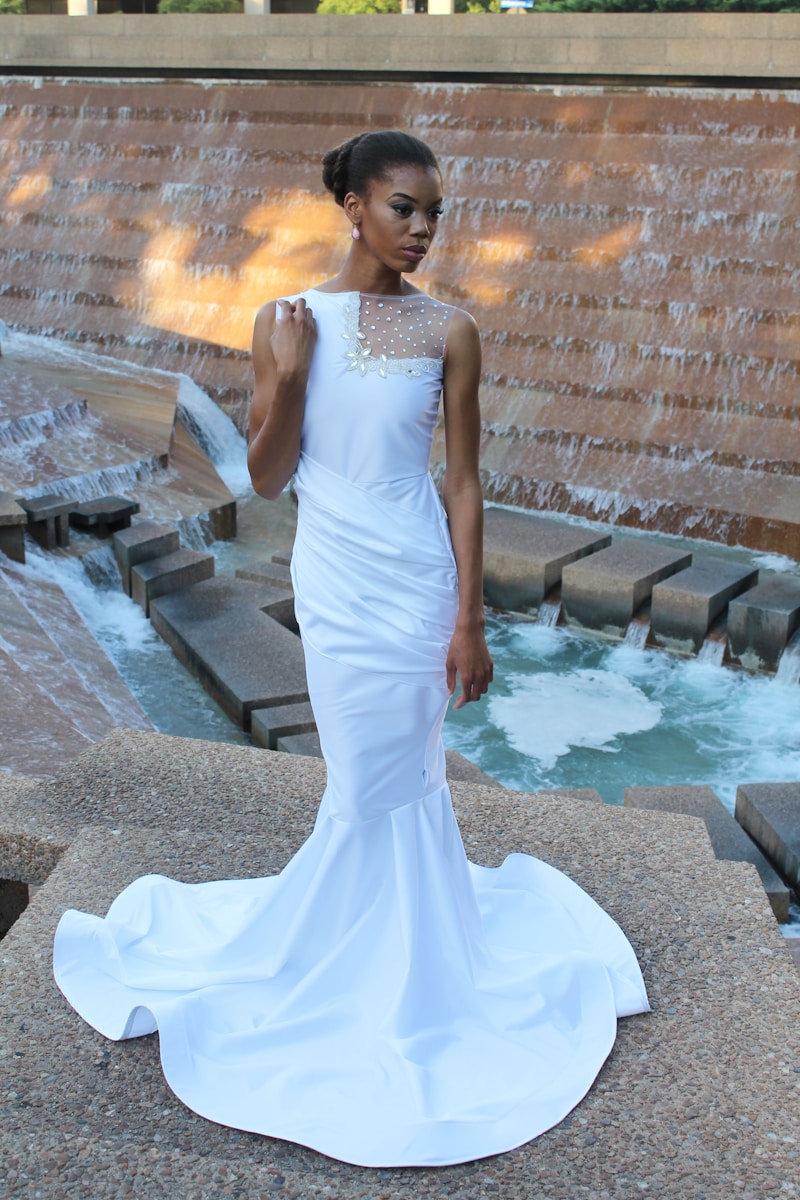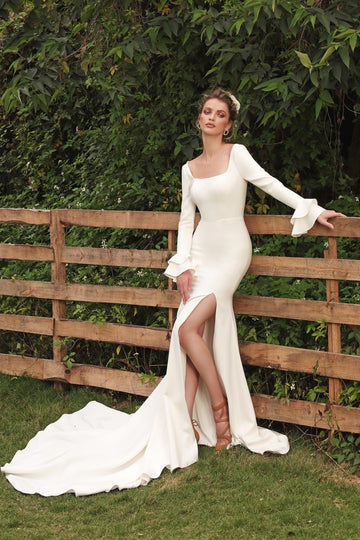Beaded Details That Elevate Elegant Dresses: A Comprehensive Guide
Beaded Details That Elevate Elegant Dresses: A Comprehensive Guide
Discover the Allure of Beaded Details in Elegant Dresses
When it comes to dressing for upscale events, few elements can elevate a gown quite like beaded details. Beaded embellishments add a unique charm and sophistication that can transform even the simplest of dresses into breathtaking fashion statements. In this article, we will explore the world of beaded details, their history, the types of beads used, and tips on how to incorporate these stunning elements into elegant dresses. Whether you're preparing for a wedding, gala, or formal banquet, understanding the intricate craftsmanship behind beaded dresses can help you make the right choice.
The History of Beaded Embellishments
Beading has a rich history that dates back thousands of years. Originally used as a form of adornment in ancient cultures, beaded details have evolved dramatically over time. In the early 1900s, beaded dresses gained immense popularity due to the Art Deco movement, which emphasized elaborate designs and luxury. Over the decades, beaded details have remained a staple in high fashion, notably making appearances on red carpets and runway shows.
Types of Beading Techniques
Beaded details can be created using a variety of techniques, each offering a distinct look and feel. Here are some common methods:
| Technique | Description |
| Hand Beading | Each bead is carefully sewn onto the fabric by hand, allowing for intricate designs. |
| Machine Beading | Using specialized machines to attach beads quickly to garments, creating consistent patterns. |
| Appliqué Beading | Beads are sewn onto a separate piece of fabric, which is then attached to the main dress for a layered effect. |
Choosing the right technique depends on the overall design of the dress and the desired level of detail. Hand beading, while time-consuming, offers unparalleled artistry and can enhance the elegant feel of the dress significantly.
Why Beaded Details Are Essential for Elegance
Beaded embellishments can make or break the elegance of a dress. Here are a few reasons why:
- Visual Appeal: Beads catch light beautifully, adding dimension and sparkle to the fabric.
- Texture Variation: The addition of beads introduces different textures, enhancing the tactile experience.
- Artistic Expression: Unique bead designs can reflect personal style and creativity.
- Timelessness: Beaded dresses transcend seasonal trends, making them a worthy investment in any wardrobe.
Choosing the Right Beaded Dress for Your Event
As you prepare for your next special occasion, it's essential to select a beaded dress that aligns with the formality and theme of the event. Here are some considerations:
1. Understand the Dress Code
Make sure to consider the dress code of the event. For instance, a formal black-tie wedding may call for a long beaded gown, while a cocktail party could be more suited to a beaded knee-length dress.
2. Consider Body Shape
Different styles of beaded dresses flatter different body shapes. A-line silhouettes are universally flattering, while a form-fitting mermaid style can accentuate curves effectively. It's crucial to choose a dress that enhances your figure.
3. Color Selection
When selecting a beaded dress, the color plays a significant role. Classic colors such as black, navy, or emerald can exude elegance, while lighter shades like blush or ivory can evoke a romantic vibe. The color should complement your skin tone and fit the occasion.

How to Care for Beaded Dresses
Once you've invested in a stunning beaded dress, proper care is imperative to maintain its elegance. Here are some tips for ensuring your dress stays in pristine condition:
- Professional Cleaning: Always opt for professional dry cleaning, as home washing can damage delicate beads.
- Storage: Store your beaded dress in a breathable garment bag to avoid dust accumulation.
- Avoid Excessive Heat: Heat can cause beading to loosen, so keep your dress away from direct sunlight.
- Periodic Inspections: Regularly check for loose beads or threads and address issues immediately.
Inspiration from Celebrities
Celebrities have long captured the beauty of beaded dresses on the red carpet, often serving as inspiration for fashion enthusiasts. Iconic designs have been seen on stars such as:
- Rihanna: Known for her bold fashion choices, Rihanna has adorned stunning beaded gowns that push the envelope of creativity.
- Jennifer Lopez: JLo's glamorous beaded dresses often emphasize her curves, showcasing the elegance of bead detailing.
- Emma Stone: With classic red carpet looks, Emma Stone demonstrates how subtle beading can enhance timeless elegance.
Conclusion and Recommendations
Beaded details undoubtedly elevate the elegance of dresses, making them an essential feature for formal occasions. By understanding their significance, choosing the right style, and caring for your garments, you can ensure that your beaded dress remains a cherished part of your wardrobe for years to come. Remember to explore different designs and don't hesitate to express your unique style through beading. Elevate your look, embrace elegance, and shine at every event with the alluring charm of beaded dresses.
When searching for a beaded dress, consider exploring variations in color, style, and design to find the perfect match. Additionally, it may be helpful to check for local designers who specialize in intricate beadwork, as they can provide unique pieces that stand out. Happy dressing!
